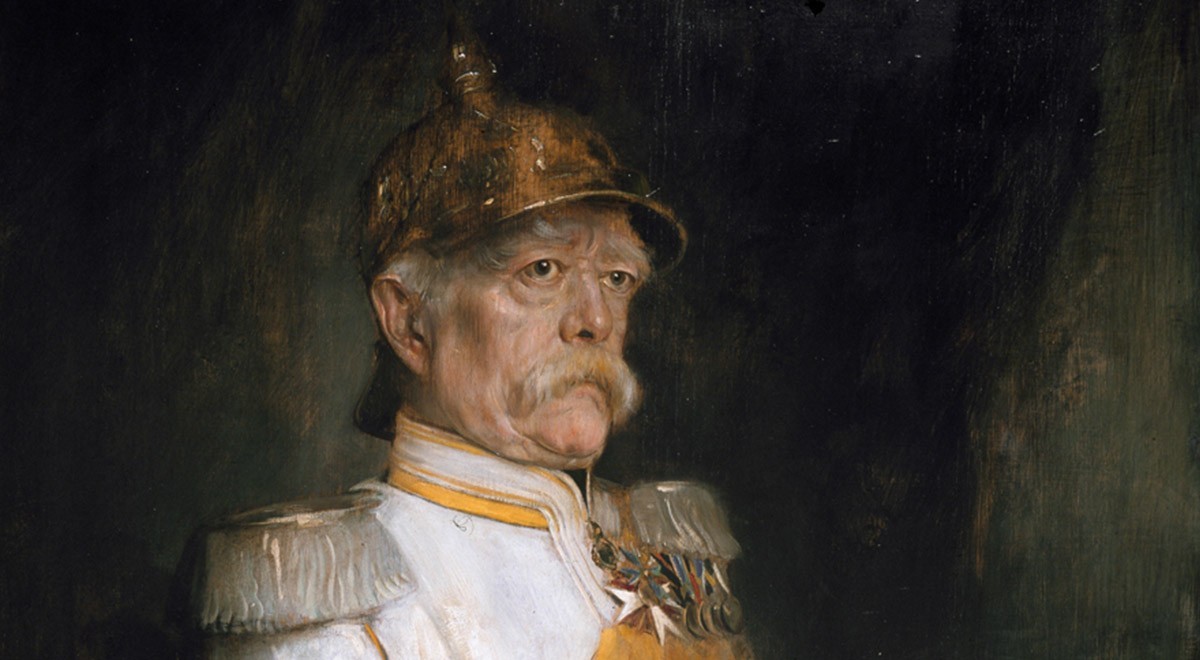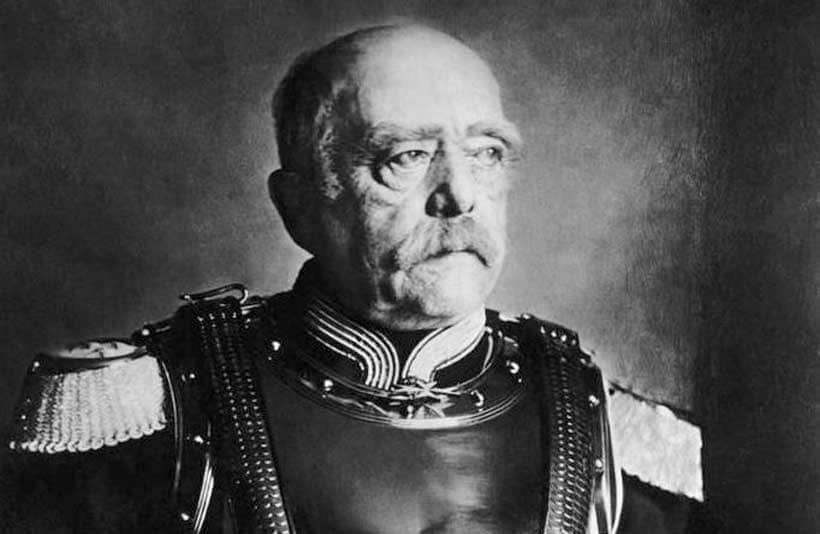
Otto von Bismarck is widely regarded as one of the most formidable statesmen in European history, whose political maneuvering not only unified Germany but also reshaped the continent’s balance of power. Central to his success was his exceptional political strategy, a sophisticated blend of pragmatism, diplomacy, and calculated risk-taking that has fascinated historians and political scientists for over a century. This article explores Bismarck’s political strategy in depth, examining its key components, historical context, and lessons for today’s political landscape.
From the outset of his career, Bismarck demonstrated a remarkable ability to see beyond ideological divides. His political strategy was built on the principle that achieving practical outcomes was far more important than rigid adherence to any political dogma. His approach, known as Realpolitik, emphasized realistic and flexible tactics tailored to shifting circumstances rather than fixed ideals. This philosophy helped him navigate the turbulent waters of 19th-century European politics and achieve what many deemed impossible—the unification of Germany under Prussian leadership.
The Foundations of Bismarck’s Political Strategy
Born into a Prussian noble family in 1815, Bismarck’s early experiences shaped his pragmatic outlook on politics. His time as a diplomat and politician in various German states gave him firsthand insight into the complexities of power dynamics and the necessity of compromise and calculated action. He quickly learned that political success depended less on lofty ideals and more on strategy and execution.
Bismarck’s political strategy was firmly rooted in Realpolitik, a term describing politics driven by practical considerations of power and national interest rather than morality or ideology. This mindset was revolutionary in an era when nationalism and romantic idealism often dominated political discourse. For Bismarck, the state’s survival and growth justified whatever measures were necessary—even war or deception.
Core Principles of Bismarck’s Political Strategy
1. Pragmatism and Flexibility
Bismarck was not bound by party lines or rigid ideologies. He prioritized results over rhetoric, adapting his tactics to the political climate. Whether dealing with Austria, France, or the German principalities, Bismarck’s political strategy focused on exploiting opportunities rather than pursuing unattainable ideals.
2. Divide and Rule
A key pillar of his political strategy was preventing his adversaries from uniting against him. By fostering rivalries and mistrust among European powers, Bismarck ensured that no coalition could effectively challenge Prussia’s ascendancy. This tactic allowed him to isolate France diplomatically and maintain a precarious balance of power favorable to his goals.
3. The Strategic Use of War
Contrary to many of his contemporaries, Bismarck did not shy away from war as a political tool. He orchestrated three significant conflicts—the Danish War (1864), the Austro-Prussian War (1866), and the Franco-Prussian War (1870-71)—each carefully calculated to strengthen Prussia’s position and rally nationalist sentiment. These wars were not reckless adventures but deliberate moves within his broader political strategy.
4. Alliance Formation and Diplomacy
Bismarck’s political strategy involved deft alliance-building. He forged strong ties with Austria-Hungary and Russia, creating a network of alliances that helped isolate France and stabilized the European order after Germany’s unification. His diplomatic skill ensured that Germany could rise without provoking a coalition of enemies.
5. Mastering Public Perception
Bismarck also understood the importance of controlling the narrative. He skillfully used propaganda and political messaging to present his policies as necessary for peace and stability. This helped maintain domestic support for his often harsh policies and deflected criticism of his aggressive tactics.

The Historical Impact of Bismarck’s Political Strategy
Bismarck’s political strategy culminated in the unification of Germany in 1871, a milestone that drastically altered European geopolitics. By uniting disparate German states under Prussian leadership, he created a powerful new empire that would dominate the continent’s political landscape for decades.
The success of Bismarck’s political strategy lay not only in unification but also in his ability to maintain peace in Europe through a complex system of alliances and power balances. His diplomatic maneuvers delayed major conflicts in Europe and shaped international relations well into the 20th century. Many credit his strategic foresight for the relatively peaceful period known as the “Bismarckian Peace,” which lasted until the early 1900s.
Contemporary Lessons from Bismarck’s Political Strategy
Bismarck’s political strategy offers valuable lessons for modern politicians and diplomats. In today’s increasingly polarized world, his emphasis on pragmatic negotiation, alliance management, and strategic communication remains highly relevant.
Modern leaders can learn from Bismarck’s willingness to adapt to changing circumstances, prioritize achievable goals, and skillfully manage relationships both domestically and internationally. His example underscores the importance of balancing power with diplomacy to secure national interests without unnecessary conflict.
Moreover, Bismarck’s political strategy highlights the need for leaders to control public narratives and maintain broad support for their policies—skills essential for governance in any era.
Trusted Resources for Further Study
For those interested in a deeper understanding of Bismarck’s political strategy and legacy, the following resources offer authoritative and detailed insights:
-
The German Historical Museum provides comprehensive information on Bismarck’s life and the historical context of 19th-century Germany.
-
The Council on Foreign Relations (CFR) offers analysis of Realpolitik and its ongoing influence on international diplomacy.
-
The Royal Institute of International Affairs (Chatham House) publishes extensive research on European diplomacy and the balance of power in the 19th and 20th centuries.
Frequently Asked Questions (FAQ)
Q1: What is Bismarck’s political strategy most known for?
Bismarck’s political strategy is best known for Realpolitik—a pragmatic, power-focused approach that prioritizes practical results over ideology.
Q2: How did Bismarck use war strategically?
He used wars deliberately to achieve political objectives, such as unifying Germany and weakening rivals, without escalating conflicts unnecessarily.
Q3: What alliances did Bismarck create to support his strategy?
Bismarck formed key alliances with Austria-Hungary and Russia to isolate France and maintain European stability after unification.
Q4: Why was Bismarck called the “Iron Chancellor”?
The nickname reflected his tough, unyielding approach to politics and his effectiveness in wielding power.
Q5: Is Bismarck’s political strategy relevant today?
Yes, especially in international relations, where pragmatic negotiation, alliance-building, and strategic communication are still critical.
Q6: Where can I find reliable information about Bismarck’s diplomacy?
Trusted sources include the German Historical Museum and international policy think tanks like the Council on Foreign Relations and Chatham House.
Meta Description (145 characters max)
Explore Otto von Bismarck’s political strategy and how his pragmatic Realpolitik shaped Germany’s unification and modern diplomacy.




